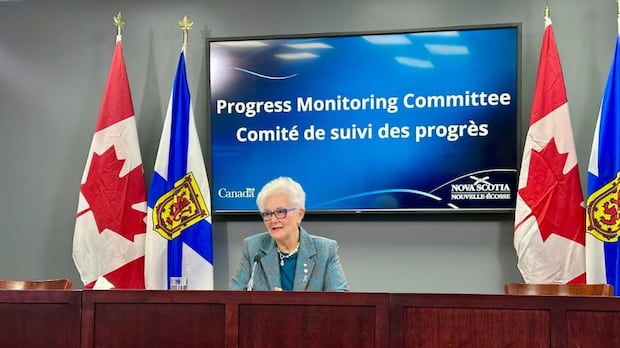Halifax expanding Sackville rivers floodplain for first time in decades

Halifax’s Sackville River Floodplain Expansion: A Win for Advocates but Concerns for Homeowners
Halifax Regional Council made a significant decision on Tuesday evening, unanimously approving proposed changes to municipal planning strategies and land-use bylaws for communities along the Sackville River and Little Sackville River. This decision includes areas such as Bedford, Lower Sackville, and Middle Sackville, and marks the first update to these rules since the 1980s or early 1990s.
The primary focus of these changes is the expansion of the floodplain maps along the Sackville River system to provide better protection against potential flooding. The new floodplain maps, which were updated based on a 2017 study that considers climate change models, include a one-in-20-year map for areas with a five percent chance of flooding and a one-in-100-year map for areas with a one percent chance of flooding.
Within the most restrictive one-in-20 zone, known as the floodway overlay, existing non-residential uses are allowed, but no structures for human habitation can be built. This change means that homes considered 75 percent destroyed cannot be rebuilt, although current residents are allowed to stay in their homes as legal non-conforming structures. The goal is to prevent future development that could put homeowners and the waterways at risk.
In the less restrictive one-in-100 zone, known as the flood fringe overlay, residential development may be allowed if habitable floors are elevated above the required flood elevation and the structure can withstand floods. However, certain facilities that are difficult to evacuate, such as shared housing, hospitals, or daycares, would not be permitted in this zone.
While these changes have been applauded by environmental advocates like Walter Regan, past president of the Sackville Rivers Association, some homeowners have expressed concerns about the impact on their property values. During a public hearing before the council’s vote, residents requested to have their properties removed from the floodplain map, citing potential losses in property value and previous elevation changes made to prevent flooding.
Despite these concerns, Halifax staff recommend updating the floodplain mapping at least every 10 years to ensure the most accurate data is used. Residents can access Halifax’s online mapping tool to check if their property falls within the new floodplain areas.
Overall, the expansion of the Sackville River floodplain and the development restrictions that come with it mark a significant step towards better protecting the community against potential flood risks. While there are valid concerns from homeowners, the long-term benefits of these changes in terms of environmental preservation and public safety cannot be overlooked.




